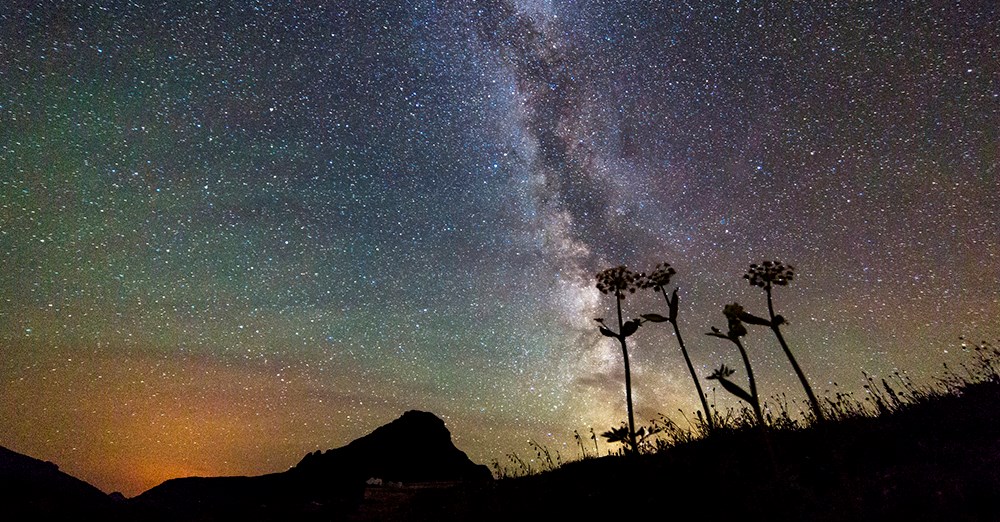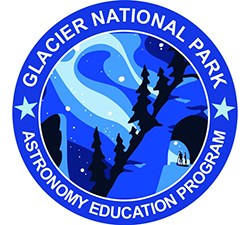
NPS/Jacob W. Frank Dark night skies are environments undisturbed by light and air pollution. Dark night skies have natural, cultural, and scenic importance. Wildlife is impacted by light pollution because animals often depend on darkness in order to hunt, conceal their location, navigate, or reproduce. For nocturnal animals, light pollution also means habitat disruption. Additionally, many species have far more sensitive vision than humans. Plants are affected by artificial light because it disrupts their natural cycles.
Dark night skies are also culturally important because they are a resource common to all cultures on Earth. For millennia, Montana tribes have observed the sky to inform their seasonal rounds, or the way tribes used the landscape for subsistence during each season. The night sky is a treasure trove in terms of Indigenous knowledge. Glacier National Park and its sister park, Waterton Lakes National Park of Canada, have been certified as an International Dark Sky Park by the International Dark Sky Association (IDA). The certification requires a long-term commitment to preserving dark skies and requires the parks to meet specific objectives. These include preservation or restoration of outstanding night skies, protection of nocturnal habitat, public enjoyment of the night sky and its heritage, and demonstrating environmental leadership on dark sky issues by communicating the importance of dark skies to the general public and surrounding communities, and by providing an example of what is possible. 
NPS Graphic Half the Park Happens After Dark The National Park Service has collaborated with several partners—the Glacier National Park Conservancy, the International Dark Sky Association, the NPS Night Sky Program, and the Big Sky Astronomy Club—to provide park-wide night time viewing events, as well as daytime viewing of the sun. Park astronomy programs provide participants with an opportunity to see the night sky in all its glory using sophisticated telescopes, in a location with a minimal number of artificial lights. Check the Ranger-led Activity Schedule for dates and times. Nightly program take place throughout the summer at St. Mary and Apgar. Special Logan Pass Star Parties, when scheduled, will be announced too. Light Pollution Monitoring 

Left image
Right image
|
Last updated: April 26, 2022
